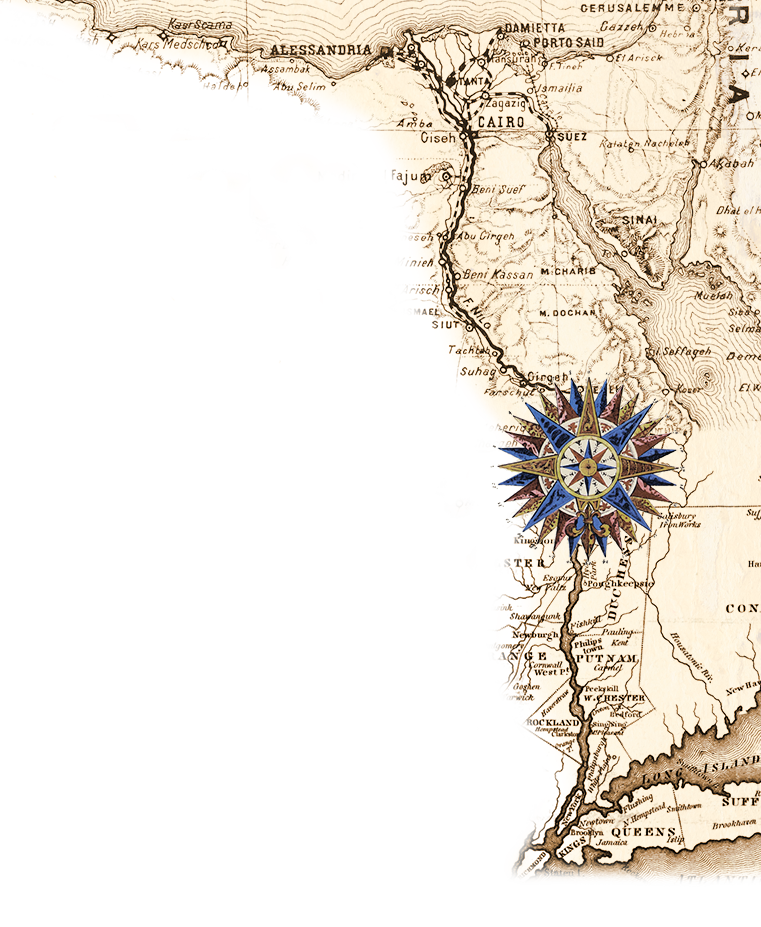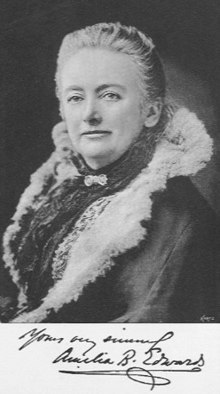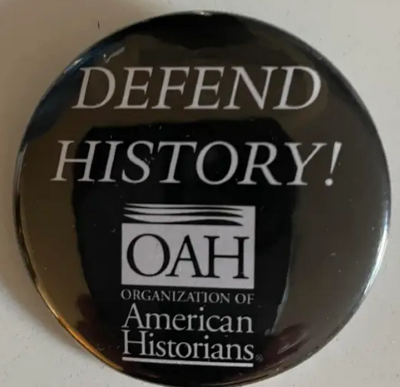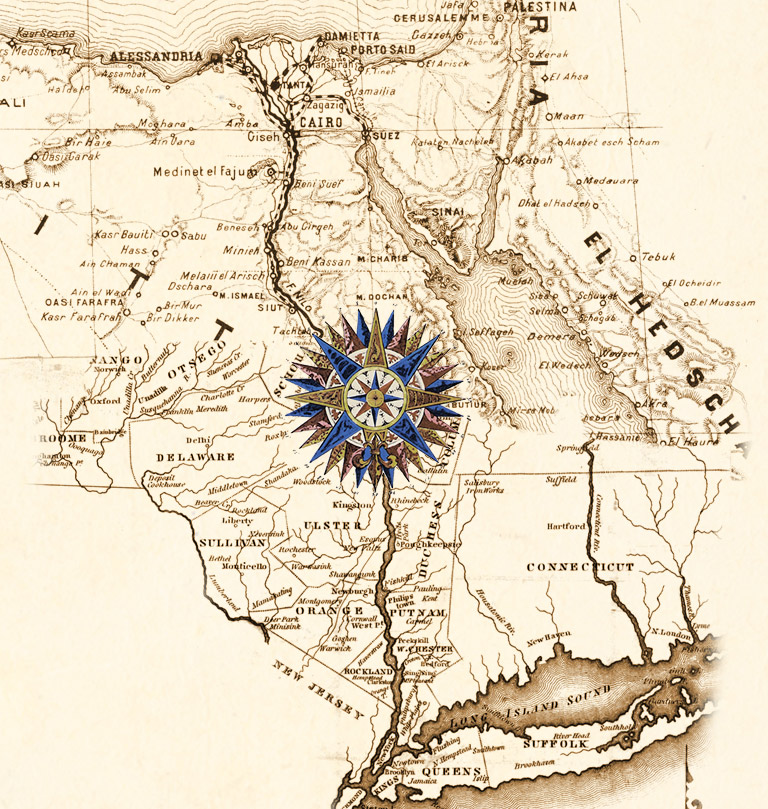
In the previous blogs, I reported on the topic of “What Are American Students Learning About US History?” The first blog introduced the two-year study conducted by the American Historical Association (AHA). The second blog provided an overview of the report. The third blog tracked the national patterns in social studies education over time. This blog will focus on the curricular decisions which the AHA observed.
The first point involved the chronological timeframes of the history classes, whether or not state history was included, and the grades where history is taught.
Students benefit from repeated exposure to the same historical content, with increasing depth and sophistication, across their K-12 experience (50)
In other words, the idea that students already had been exposed to the material x years ago and therefore it did not need to be repeated is hogwash. The brains of students change over the years and presumably they are better able to cope with a topic on a more advanced level. This presumes not only continuity but familiarity by the teachers about what was taught in the earlier grades.
When the timeline of American history is divided into two grades, the gap between the two halves can be problematical.
When teachers identified the topics where they felt the need for more support, six of the top ten came from the post-civil rights era. Part of the reason is the need to rush through the last half-century at the end of the school year. Once upon a time the Reconstruction to the Civil Right era might have constituted the scope of the entire course. The Reconstruction still tends to be the dividing line in 2-part courses, but a lot has happened since the1960s, a time when many teachers themselves were growing up and remember first hand.
As for the state standards, AHA reports that a “great many teachers carry on with minimal awareness of the state agency’s alleged role in their work” (52)
Those “standards offer a rationale focused on preparing students for citizenship with critical thinking skills and an understanding of a complex world” (57”.
According to the AHA, “[t]eachers give mixed signals about history’s position in the accountability landscape” (60). Teachers “consistently cite social studies’ low priority status as a source of frustration” (60). Sometimes teachers in states with no state social studies testing wish there was such testing if only to boost the status of the discipline.
Still what happens in the schoolhouse often begins in the statehouse. AHA tracked 808 legislative acts passed between 1980 and 2022 which seems like a lot. “There’s also the much longer and quite widespread effort to incorporate diversity—namely the notion that the narrative of American history should incorporate stories from multiple perspectives, inclusive of the various groups that constitute the national population” (63). Between 1980 and 2022, there were 199 instances of state legislatures requiring that specifically named groups be accorded coverage in US history curriculum” (63). I suspect this in one reason why professional historians tend not to write general histories of the United States.
State legislators then may complicate the teaching of chronology-based courses.
State legislators are particularly fond of designating specific times of year (holidays, weeks, or months) as moments for concentrated study of a particular historical event, theme, group, or person (66).
AHA found 79 such laws between 1980 and 2022. The result is the civic calendar is prioritized over the chronological pacing for United States history.
[It] seems likely to encourage a series of ceremonial non sequiturs, rather than historical exploration of content and significance (66).
AHA reported on the low priority in managerial attention than mathematics and language arts (69). The lack of clarity around administrative roles contributions to confusion (72). Large districts tend towards large bureaucracies. Such structures diminish classroom autonomy and idiosyncrasy toward course team alignment and common assessment (73).
According to the AHA, administrators often express frustration with teachers focused on content rather their skills. By contrast, teachers typically define their expertise in terms of content. And this is particularly so if the administrator lacks a social studies background (74).
The more a district develops curricular materials, the more likely teachers are to be the primary authors (75).
The social studies coordinators constitute a sizeable and active proportion of the membership in the NCSS.
According to the AHA:
Ultimately, classroom teachers remain the decisive curricular policy makers (76)
Resource and materials mean those the teachers write themselves. The teachers who work alone tend to be those where they are the only US history teacher particularly in smaller-town and rural settings. Teachers rely more on colleagues than administrators when it comes to content (77).
Textbooks clearly are diminishing in influence (86). The most significant force driving teachers and districts away from textbooks is the proliferation of free stuff (91). Josh Green and Sam Wineburg are frequently cited (92). Others include PBS, National Geographic, and the Gilder-Lehrman Institute of American History. Interestingly, The New York Times Magazine 1619 Project earned top spot on the list of resources to avoid. There was a correlation between length of teaching career to the cooler the reaction (113).
One teacher commented:
“I warn kids that social media is no place to get their information, so I follow the same rule” (95).
The visual landscape of the typical textbook can feel like a cluttered webpage (96).
According to AHA, textbooks portray a mostly uncontroversial (if not always dynamic) professional consensus about the scope and sequence of content that belongs in a US history course. On many topics, textbooks offer more detail than the typical teacher-created or district-produced material. Narrative exposition is alive and well on YouTube and documentaries still have a powerful appeal.
As a classroom resource, history videos function (like textbooks) in the expository mode, providing a single voice of narrative synthesis, but with a flair that textbooks rarely match (97).
The ascendant format is the document-based lesson.
The basic intellectual moves of the document-based lesson date to the 19th century, when the first generation of professional historians called on schoolteachers to depart from the blunt moralism of many textbooks (98).
The AHA favorably comments on the adoption of document-based inquiry within the educational system:
In many instances, the prevalence of essential questions and document-based inquiry seems likely to deliver on its promise of promoting historical thinking (102).
There is a drawback:
Too many lessons ask students to stake a position on a moral binary, rendering judgment on a past policy or person from the perspective of a national (and present-tense) “we” (102).
The goal however is to privilege historical understandings rather than lawyerly thinking. AHA objects to the recurring assignments that require historical figures to be rated as heroes or villains (103). Another shortcoming is decontextualization where shorter and shorter sources are disembodied from their original contexts.
Despite all that has been said here and in the media, many social studies teachers struggle to get parents, students, and even administrators to care about history at all (108).
Slavery and race ranked as the topics of most consistent and heated resistance (116). Schools themselves have been so much a part where these tensions played out in the national arena.
Teachers struggled amid relentless administrative pushes for more superficial displays of social justice and antiracism, efforts they described as frivolous at best and stifling at worst (118).
After a brief discussion of the politics of education today, this section concludes with
…if teachers are encouraged to abandon their obligation to their students as experts in historical content knowledge under one round of political pressure, then they will be ill-equipped to face the next one (129).





